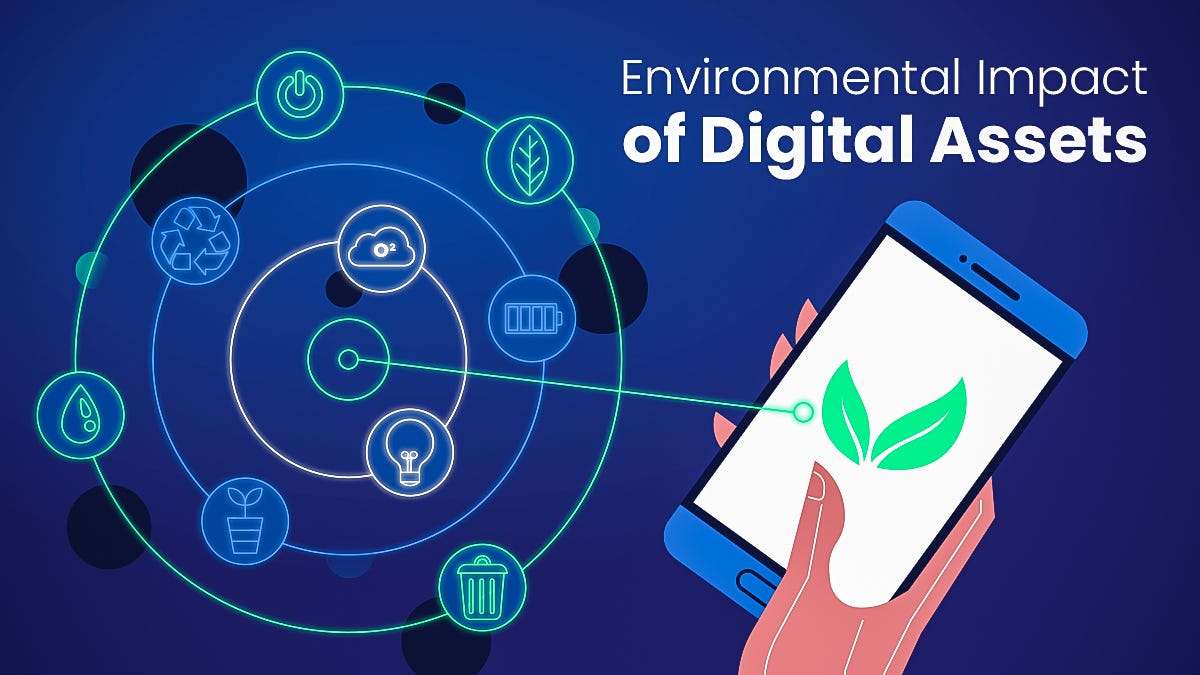Carbon dioxide emissions from real estate make up more than 40% of global emissions. This fact has altered the map of real estate investment trends. Sustainability now plays a crucial role in investment decisions.
The real estate investment market moves faster toward 2025. Environmental development initiatives and technological breakthroughs lead this change. Investment opportunities now extend beyond conventional properties. The global crowdfunding market will grow by $540.1 billion by 2029. Blockchain technology makes transactions more transparent and secure.
This piece shows you how to align your portfolio with market success. You’ll find strategic ways to boost returns through ESG integration and digital assets. New sustainable property classes help create an environmentally responsible future in real estate.
The Evolving Real Estate Investment Market in 2025
The real estate investment world sits at a turning point in 2025. Investors are changing their strategies faster than ever to keep up with market changes we’ve never seen before. Smart positioning has become crucial as green initiatives, tech advances, and economic changes bring new challenges and opportunities to the sector.
Key market shifts reshaping investor strategies
The mood among investors has completely flipped from previous years. Now 88% of global real estate executives expect their revenue to grow – a big jump from last year when 60% thought it would drop. This new optimism shows in spending plans too. Only 7% of companies now want to cut costs, down from almost 40% last year.
Green building has become a must-have investment criterion. Regulators and the market just need it. Property investors now know that eco-friendly buildings work better both ways – they help the environment and attract tenants who watch their costs. Buildings with net-zero carbon emissions are becoming standard, especially since this sector makes up about 40% of global carbon emissions.
Digital tools are changing how real estate deals happen and how properties get managed. AI tools make tenant management and maintenance scheduling better and help investors run things more smoothly. On top of that, companies are betting big on data and tech – 81% of real estate organizations plan to spend most in these areas for 2025.
Economic indicators driving real estate performance
The Federal Reserve’s move to cut interest rates points to inflation and construction costs peaking – key factors that help real estate markets clear and boost deals. But interest rates will stay “higher for longer” compared to pre-pandemic times. Experts think the federal funds rate will settle around 4.5% after expected cuts in 2025.
Even with these challenges, several good signs point to market recovery:
- Job growth looks strong with nearly 2 million new jobs in 2025 and another 2 million in 2026
- Pending home sales are up 3% year-over-year, which suggests “maybe the worst is over”
- More new and existing homes are available, which helps with previous supply problems
Commercial real estate basics are getting steadier after several uncertain years. Deal activity shows signs of bouncing back. Global property deals are still down 31% year-over-year through June 2024, but buyers and sellers are starting to agree more on prices.
Geographic hotspots for sustainable investments
The Sunbelt region still leads the pack for top investment markets in 2025, with some interesting changes. Dallas/Fort Worth now sits at the top, while last year’s leaders Nashville and Phoenix have dropped down. Florida has become the “comeback kid” with two cities in the top five markets.
Smaller cities like Boise, Charlotte, and Tampa are growing faster as remote work lets people move away from expensive spots like New York and San Francisco. This shift creates great opportunities in these up-and-coming markets where property prices stay competitive and growth looks stronger.
Green-focused investors need to look beyond basic market facts when picking locations. Cities with strong clean energy rules like California and New York offer good opportunities no matter what happens with federal policies. Markets where tenants drive the demand for green buildings – like San Francisco, Austin, and Seattle – look especially promising for long-term investment.
Want to line up your portfolio in this changing landscape? Think over scheduling a strategy call with Primior to talk about how these new real estate investment trends might work for your investment goals: https://primior.com/book/
ESG Integration: Beyond Compliance to Competitive Advantage
ESG integration has grown from a voluntary business practice into the life-blood of investment strategy that delivers measurable returns in real estate. Smart investors are finding that green properties offer clear financial benefits beyond just following regulations. This gives them an edge in today’s competitive market.
Measuring ROI on sustainable property investments
The financial case for sustainable real estate keeps getting stronger, with returns you can measure in many ways. Properties built with energy efficiency features like advanced insulation, energy-efficient lighting, and smart HVAC systems show lower utility bills. This directly boosts net operating income and improves overall ROI.
Yes, it is true that sustainable buildings command premium market values. Features like renewable energy systems and green roofs don’t just make buildings last longer – they make properties more appealing to buyers and investors by a lot. Market data shows that buildings with sustainability certifications sell or lease at higher prices, which reflects their long-term cost benefits and smaller environmental footprint.
Tenant priorities have changed toward sustainability in a big way. Companies focused on social responsibility want spaces that match their environmental values. This lets sustainable buildings keep vacancy rates low and charge higher rents. As Brad Dockser, CEO of GreenGen puts it, “We unequivocally think that addressing climate and clean energy transition is profitable”.
Institutional capital flows toward green-certified assets
Big investors are moving massive amounts of money into certified green assets. This reflects both what the market wants and their duty to invest responsibly. Certifications like LEED and WELL Building Standard make properties much more marketable and appealing to tenants. These certifications work as standards for sustainability performance and are a great way to get financial benefits beyond simple recognition.
Major financial institutions now run dedicated green lending programs. Aviva Investors has committed £1 billion for sustainable real estate while ING offers green building incentive loans. Public-private partnerships have become the life-blood of sustainable development. These partnerships help investors access big projects while spreading out financial risks.
The Urban Land Institute’s 2024 Emerging Trends in Real Estate report states that “Sustainability performance [is] now tightly linked to the quality and financial returns of real estate assets”. This link between sustainability and financial returns shows that ESG-focused properties handle market changes better.
Regulatory developments affecting sustainable real estate
Real estate companies face growing pressure to be more open about their green practices. The SEC released a climate-related disclosure proposal in March 2022. This requires domestic and foreign registrants to report qualitative information about climate-related risks and various metrics, including greenhouse gas emissions.
Cities are making rules that shape investment choices. New York City started enforcing new energy efficiency standards for buildings over 25,000 square feet in 2021. Stricter limits will come in 2030 through Local Law 97. Los Angeles now requires new buildings to be carbon neutral by 2030 and plans to switch from natural gas to electricity.
The 2023 Inflation Reduction Act has strengthened green building tax incentives. These include the 179D Energy-Efficient Commercial Building Tax Deduction and the 45L Tax Credit. California will enforce stricter sustainability standards for rental properties in 2025. The state mandates energy-efficient upgrades while offering tax breaks for properties that comply.
Want to position your real estate portfolio for maximum ESG advantage? Talk to Primior’s sustainability experts to find opportunities for better returns: https://primior.com/book/
Digital Asset Revolution in Property Ownership
Blockchain technology is revolutionizing real estate ownership and creating new ways to invest in property. These innovations are changing how people buy, sell and own assets in 2025. The market is now available to many different types of investors.
Tokenization and fractional ownership models
Blockchain lets owners split physical properties into digital tokens. This means expensive real estate can now be divided into smaller, more affordable shares. The process creates a digital version of real property that includes all rights and obligations, protected by blockchain technology. Property values get divided into smaller pieces that investors can buy individually, much like crowdfunding a property purchase.
The numbers tell an impressive story. Real estate tokenization has hit $20 billion in value and experts predict it will reach $1.5 trillion by 2025. About 86% of institutional investors either own digital assets or plan to invest in them during 2025. These numbers show how tokenization helps more people invest in premium real estate.
Fractional ownership gives investors several key benefits:
- They can invest in expensive properties like office buildings and luxury developments with less money
- They can buy property in different countries without complicated ownership structures
- Smart contracts handle dividend payments and property management automatically
Blockchain-secured real estate transactions
Blockchain makes property deals safer and more transparent. Smart contracts are programs that automatically enforce agreement terms when certain conditions are met. This removes the need for expensive middlemen like agents, banks, and lawyers.
Blockchain also creates a permanent record of who owns what. Nobody can tamper with these records. Anyone can see and track transactions. This reduces fraud risk and makes property transfers more trustworthy. Investors can check ownership history and property details with complete confidence.
Liquidity benefits for traditionally illiquid assets
Traditional real estate investments usually lock up money for long periods. Tokenized real estate changes this by letting investors trade their shares like stocks. This adds liquidity to real estate investments.
The market results speak for themselves. Active markets show monthly trading volumes of 15%, which shows healthy activity. One tokenized property grew 30% in value in just 18 months. It then grew 3.3x more between 2022-2024. These properties give investors an 11% rental yield on average, offering steady income plus easy trading options.
Want to learn how tokenized real estate fits into your investment plans? Talk to Primior’s digital asset experts: https://primior.com/book/
Portfolio Diversification Strategies for High-Net-Worth Investors
High-net-worth investors today craft sophisticated portfolio compositions that blend 10-year-old real estate classes with emerging opportunities in our ever-changing investment world. Market dynamics continue to move toward green practices and digital ownership models, making strategic asset allocation crucial.
Balancing traditional and digital real estate assets
High-net-worth investors typically keep their digital asset exposure between 10-20% of total portfolio value, based on their risk tolerance. This careful strategy creates stability and captures growth potential from emerging ownership models.
Portfolio managers should rebalance regularly—every quarter or when allocations drift beyond 5% from target percentages. This discipline helps maintain optimal risk levels and creates opportunities to profit from market fluctuations.
A multi-layered approach to digital-traditional integration has:
- 10-15% of digital holdings in stable coins or easily convertible assets for unexpected opportunities
- A broad range of blockchain networks and use cases
- Strategic stop-loss orders for volatile digital assets
- Strong cybersecurity measures for digital wallets
Smart diversification goes beyond mixing digital and traditional holdings. The hybrid investor exploits both online capabilities and in-person relationship building that strikes a chord with different client demographics.
Risk mitigation through sustainability-focused holdings
Sustainability-focused investments work as powerful risk mitigation tools in diversified portfolios. Properties with energy efficiency features show lower operating costs that directly boost net operating income and enhance overall resilience.
ESG principles help investors guard against multiple risk categories—physical risks from climate events, regulatory risks from non-compliance, and social risks from negative reputations. These protections become more valuable as regulatory frameworks tighten.
High-performing sustainable buildings attract more tenants and generate higher income with lower vacancy rates. Lenders see diversified sustainable portfolios as less risky, often offering better loan terms. The portfolio’s protection grows stronger by investing in various property types—from carbon-neutral industrial facilities to sustainable multifamily developments.
Ready to discover your portfolio’s full potential with traditional holdings, digital assets, and sustainability-focused investments? Book a strategy consultation with Primior’s investment experts: https://primior.com/book/
Emerging Real Estate Asset Classes Worth Watching
Smart investors now capitalize on emerging asset classes that blend innovative technology with environmentally responsible principles. These specialized sectors offer high-growth opportunities in the evolving real estate world of 2025.
Data centers and digital infrastructure
Data center demand continues to surge rapidly due to cloud computing and artificial intelligence. Global data center demand will grow at 12-15% annually through 2030. Construction spending should reach $303 billion during this period. The largest data center under construction needs 500 megawatts of power – enough to supply 375,000 homes.
Blackstone leads investment momentum as the largest global investor in data centers and AI-driven infrastructure. Major financial players have committed substantial capital. GIC created a $15 billion joint venture with Equinix while BlackRock formed a $30 billion AI partnership.
Sustainable multifamily developments
Modern multifamily properties now feature innovative sustainability elements. Optima McDowell Mountain in Scottsdale will become the largest private rainwater harvesting site in the U.S. These residences will use half the water of typical multifamily properties.
Vertical landscaping systems deliver environmental benefits beyond esthetics. They enhance air quality and reduce heat island effects. Green roofs visible from residences add visual appeal while boosting energy efficiency.
Adaptive reuse of commercial properties
Office vacancies average 13.2% nationwide, making adaptive reuse an ideal solution for underutilized buildings. Cities have launched supportive policies. Washington D.C. provides 20-year property tax breaks for commercial-to-residential conversions. California has allocated $400 million statewide for adaptive reuse.
Carbon-neutral industrial facilities
Industrial sectors generate nearly a quarter of global CO2 emissions, creating major decarbonization opportunities. Manufacturing facilities now integrate combined heat and power systems. These systems improve efficiency by 65-80% and cut emissions by 20-60% compared to traditional utility sourcing.
Want to learn more about these emerging asset classes? Connect with Primior’s investment experts: https://primior.com/book/
Conclusion
The real estate investment world is experiencing a transformation where environmentally responsible practices meet digital innovation. Market data proves that sustainable properties bring higher valuations and better returns through lower operating costs. These properties also keep tenants longer.
Traditional real estate remains essential, but digital assets create new opportunities through tokenization and blockchain technology. Smart investors understand this change. They put 10-20% of their portfolios in digital real estate assets while keeping strong positions in sustainable properties.
Success in 2025’s real estate market depends on your strategic position in new asset classes. Data centers grow explosively, while sustainable multifamily developments and carbon-neutral industrial facilities deliver strong returns that match environmental goals.
Want to position your portfolio for success in this changing market? Book a strategy consultation with Primior’s investment experts to explore these opportunities: https://primior.com/book/















